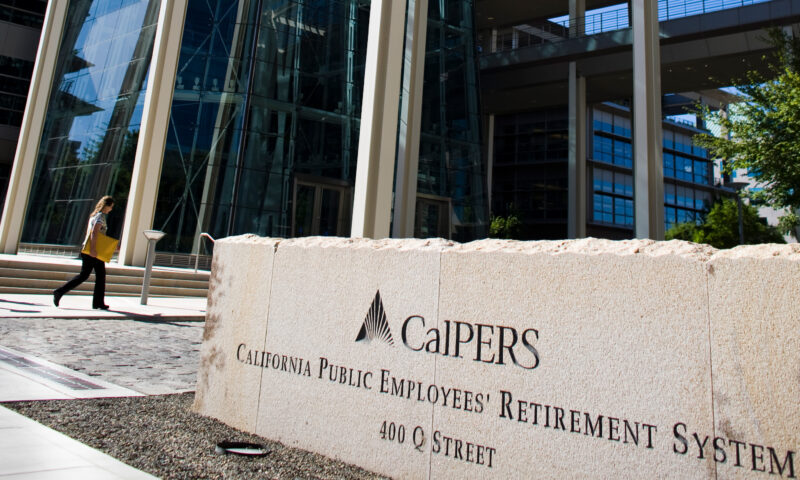

Assemblymember Tina McKinnor refused to take up the bill in a committee, for the second year in a row, as divestment movement grows.
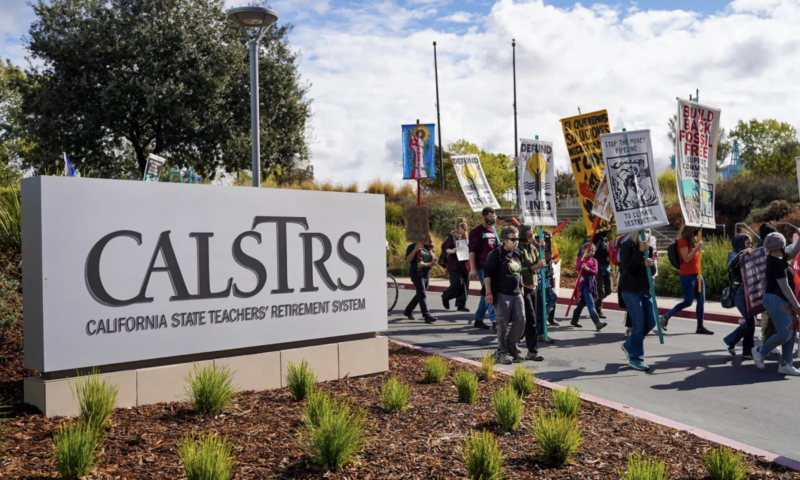
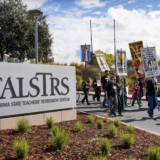
Sen. Lena Gonzalez says the state Legislature can sometimes stymie the democratic process.
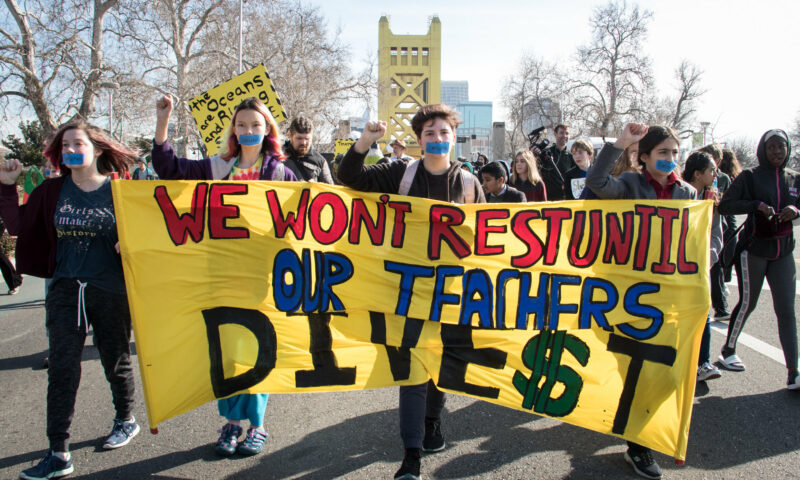

The proposed legislation would direct the state’s public pension funds to cease investment in oil, gas and coal companies.


Three bills may fall victim to a new push for more oil drilling.
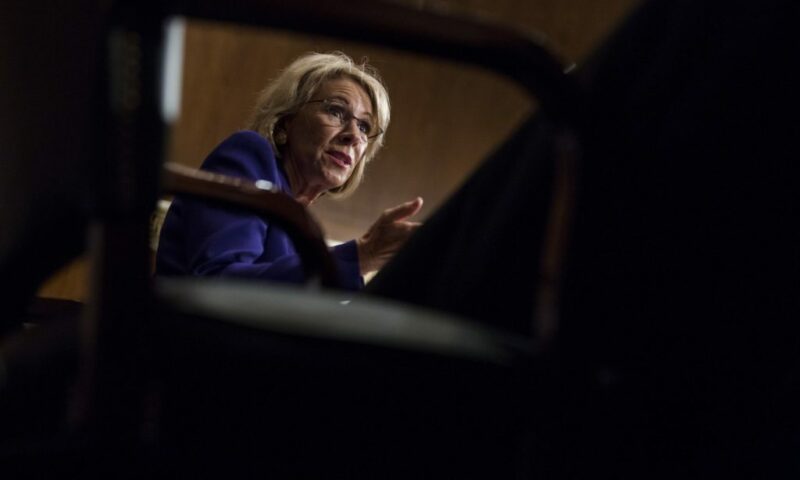

A teachers’ pension fund is in the money . . . Is a Kevin De León bill in the IRS’s crosshairs? . . . The State Board of Education greenlights yet another Oakland charter school.


When the Finance and Administration Committee of CalPERS, the giant public-sector pension fund, met Wednesday morning in Sacramento, its agenda included a vote on a seemingly innocuous proposal made by California State Treasurer John Chiang to expand its Responsible Contractor Program.


Call it the tale of two pension crises. In June, the Los Angeles Times’ business pages looked at the looming retirement savings disaster caused by the nearly 40-year transition from employer-sponsored defined-benefit pensions to individual 401(k) plans — a sea change in retirement insecurity, it noted, that “has been a failure for all but the wealthiest Americans.”
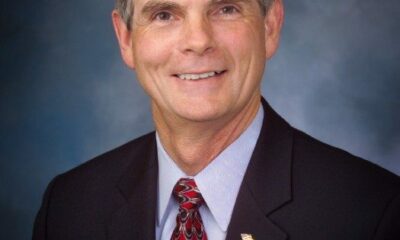
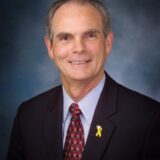
Last month former San Jose mayor Chuck Reed took the first step toward offering a promised draft of a 2016 public pension cutting initiative that, he has hinted, will target the California Public Employees’ Retirement System. CalPERS manages the retirement and health benefits for more than 1.6 million California public employees, retirees and their families. Reed tried to get a pension initiative on the ballot in 2014, only to withdraw the measure when state attorney general Kamala Harris assigned it a ballot description that Reed and his allies believed would hurt their chances with the electorate.
This time, however, Reed could find his campaign in danger from an unexpected source – conservative allies who might be worried that his initiative’s very presence on the ballot will draw huge numbers of liberal and union voters – who would then also vote against conservative candidates running for local and state office.
» Read more about: Pension Cutters' 2016 Ballot Obstacle: Voters »
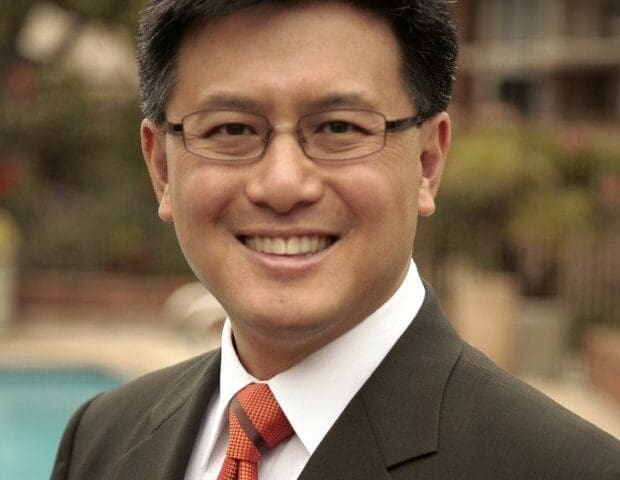

Capital & Main recently looked at a spate of negative headlines about public pension funds, spurred by data that State Controller John Chiang released on his new public data site at ByTheNumbers.sco.ca.gov.
Chiang has served as Controller since 2006, acting as California’s Chief Fiscal Officer. He was recently elected as State Treasurer and will switch to that office next year. In both roles, Chiang sits on the Boards of Administration for the two largest public employee funds, California Public Employees’ Retirement System (CalPERS) and the California State Teachers’ Retirement System (CalSTRS).
Capital & Main followed up with the Controller to ask about the state of pension systems in California and how those systems should be looking to the future.
[divider]
The data you posted on your By the Numbers site led to many existing critics of pension saying “See?
» Read more about: Controller John Chiang on the Future of California’s Public Pensions »


“Public Pensions Need Gamblers Anonymous,” blared the op-ed by the American Enterprise Institute’s Andrew Biggs in the Wall Street Journal last week.
Can it be true? Did the trustees of CalPERS just take retirement funds for 1.7 million Californians – backed up by our tax dollars – to Las Vegas and put it all on black?
Of course not. Biggs is probably talking about speculating through black box investments and shadowy hedge funds, right?
Wrong again. The risky investing strategy we are warned against: the stock market.
As a measuring stick, Biggs trots out the “100 minus age rule,” which says that an individual should invest no more than that percentage amount in stocks and other so-called risky assets. (So a 30-year-old might have 70 percent of his or her investments in stocks and 30-percent in things like bonds,
» Read more about: Pension Cutter Confuses Stock Market With Las Vegas »

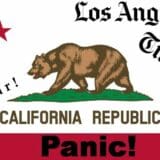
“California pension funds are running dry,” warned a recent Los Angeles Times headline.
“The unfunded liability— that’s the difference between promised benefits and projected funds to fulfill those obligations — grew from about $6.3 billion in 2003 to a little more than $198 billion in 2013,” Santa Rosa’s Press Democrat chimed in, helpfully doing the math to point out that’s a 30-fold increase in 11 years.
“The system, in short, is completely, utterly broken,” concluded the Orange County Register.
Despite nothing significant changing in the retirement plans themselves, public employee pensions are back in the news, and apparently panic is in the air.
Why? In late October State Controller John Chiang posted data on 130 state and local pension funds as part of his new By the Numbers website.
» Read more about: California Pensions: Encouraging News v. Scary Headlines »

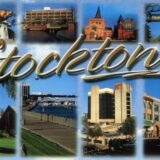
Today Christopher Klein, a U.S. bankruptcy judge, approved the city of Stockton’s plans to exit bankruptcy – ensuring that the pensions of Stockton’s retired public workers will not be subject to a tug of war among the city’s creditors.
“Judge Klein’s decision reinforces the confidence we had in our plan from the beginning,” Stockton City Councilmember Elbert Holman told Capital & Main by phone. Holman, along with Paul Canepa and Kathy Miller, voted to file for Chapter 9 bankruptcy; all three remain in office.
The judge’s Thursday decision had not been a foregone conclusion. On October 1, Klein had ruled that the federal bankruptcy code could trump the state’s retirement law that protects public employees’ defined-benefit pensions – and thus expose these retirement plans for “impairment,” or cuts. This prompted the Sacramento Bee’s political columnist, Dan Walters, to cite a Wall Street source’s favorable response: “Moody’s Investors Service underscored that effect by declaring that Klein’s ruling is ‘welcome news for investors’ in municipal debt.”
Stockton’s experience with bankruptcy – and the shadowy role of Wall Street credit-rating firms —
» Read more about: Judge Keeps Pensions Out of Stockton Bankruptcy Deals »
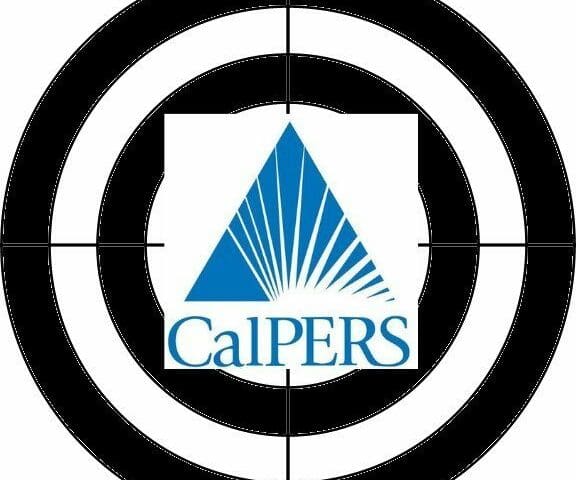

A 40-foot fall isn’t necessarily fatal for the average adult. But for California’s public employees whose jobs require them to routinely work on ladders or mechanical devices at heights more than 40 feet, it was deemed enough of a threat to life and limb to offer them a modest premium in their monthly pay packet.
In the case of firefighters, it also seemed sensible to kick in a little more for the tiller operators that control the 100-foot aerial ladders from which their brothers occasionally rescue a taxpayer from a burning building.
In fact, 99 such hazard premiums and professionalizing workforce incentives that have historically been considered pensionable compensation for public workers were deemed to be such no-brainers that they passed the scrutiny of the legislature and the governor when Jerry Brown signed into law 2012’s Public Employee Pension Reform Act (PEPRA). Today the average public pension in California is $2,945 per month.
» Read more about: Pension Envy: What the L.A. Times’ CalPERS Story Got Wrong »
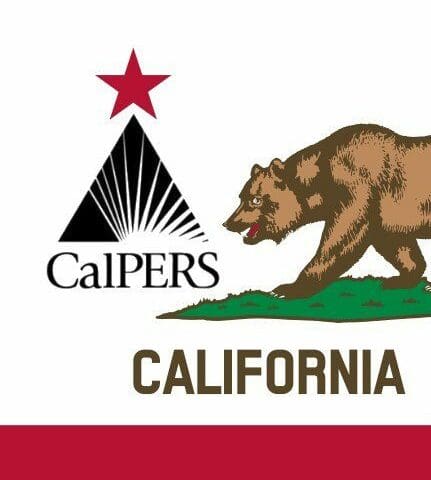
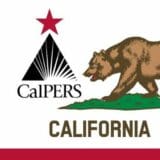
The headline to Daniel Borenstein’s recent Contra Costa Times column didn’t leave much to the imagination: “CalPERS planning to gut a key cost-control provision of new pension law.” Pairing CalPERS – the nation’s largest public employee retirement fund – with pension-reform sabotage promised red meat for conservatives who share the columnist’s disdain for unions. Borenstein didn’t let them down.
“By administrative fiat,” he wrote, “the California Public Employees’ Retirement System has undermined a key anti-spiking provision of the new state pension law that Gov. Jerry Brown signed last summer.” Not true, responded CalPERS, which claims Borenstein’s political biases led him to completely misrepresent its actions.
After sounding the alarm, Borenstein accused the government-run CalPERS of attempting to “fatten” pensions for new public employees while “eroding” the billions in tax dollar savings that the new law, crafted by Brown, was intended to create.